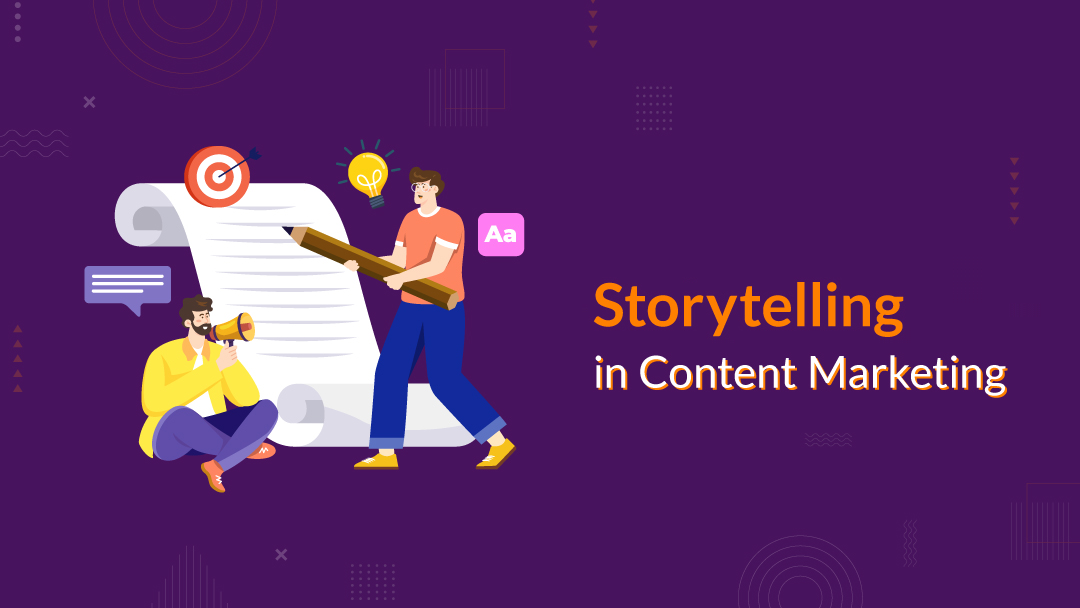
In a world overflowing with content, how do you make yours stand out? The answer is simple: tell a story. Storytelling is no longer just an art form it’s a powerful marketing tool that connects, captivates, and converts.
Why Storytelling Matters in Modern Content
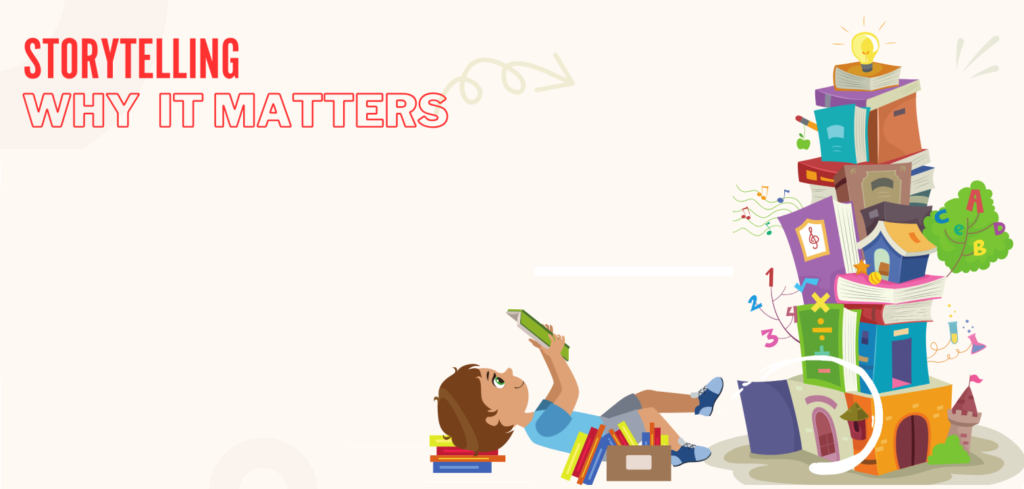
Emotional Connection Drives Engagement
People remember how you make them feel, not just what you say. Storytelling taps into human emotions, building trust and loyalty. If your content stirs emotions, people are more likely to engage, share, and act.
Stories Make Content Memorable
Let’s face it: data points and dry facts fade fast. But stories? They stick. Stories are how humans have communicated for thousands of years. They create mental visuals and help people retain your message.
The Science Behind Storytelling
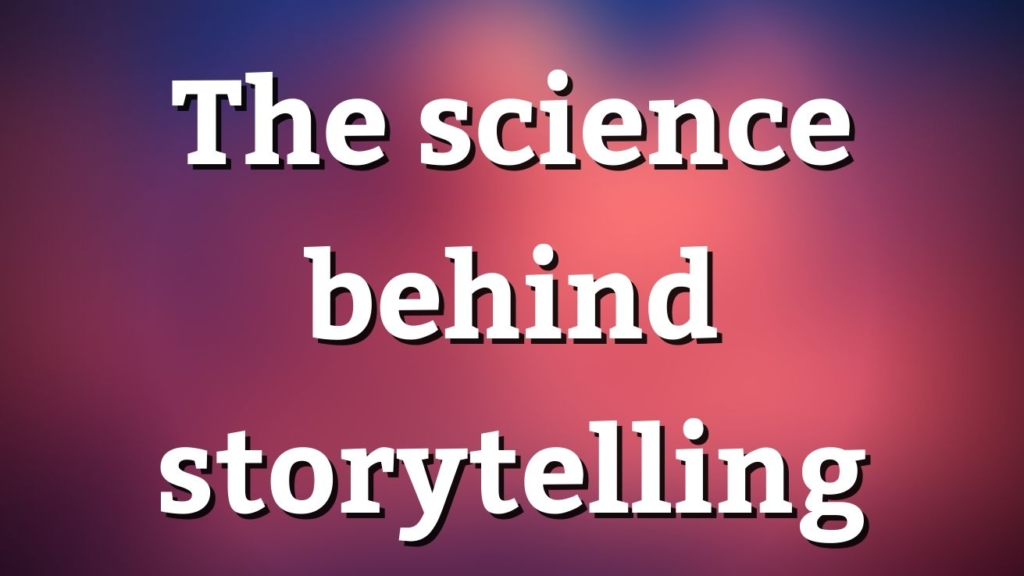
How the Human Brain Responds to Stories
When we hear a story, multiple areas of our brain light up. Unlike processing simple facts, stories activate sensory, motor, and emotional areas, making the content more immersive and impactful.
The Role of Neurochemicals like Oxytocin
Storytelling triggers the release of oxytocin, the “trust hormone.” It helps people feel empathy and connection toward the storyteller or brand, increasing the chance they’ll believe in you and your message.
Core Elements of Powerful Storytelling
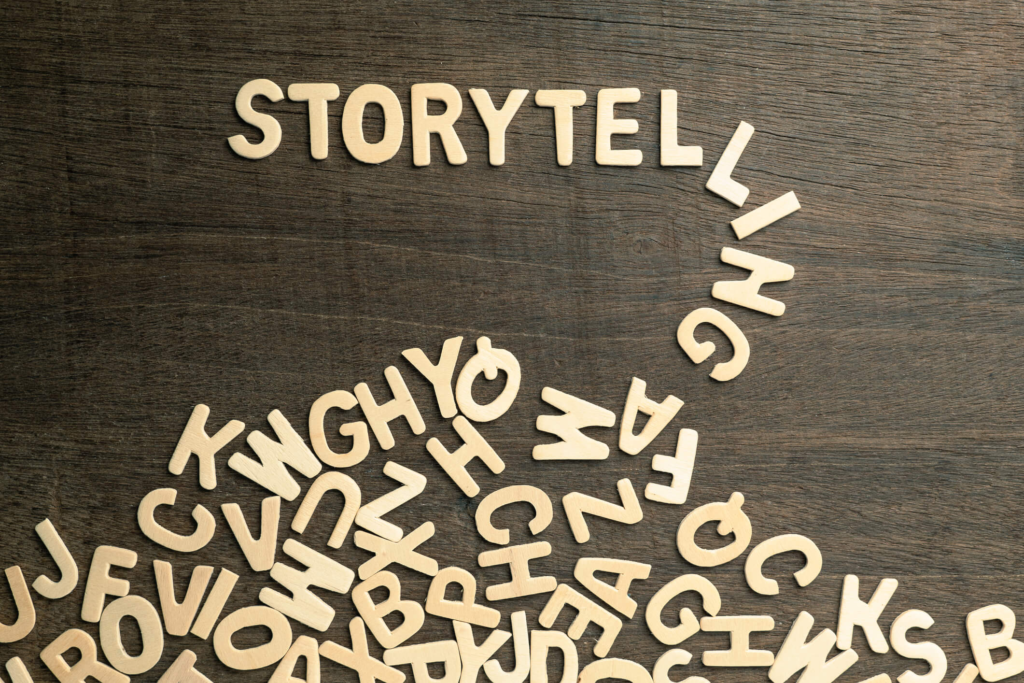
Relatable Characters
Great stories need relatable characters—someone the audience can root for. Whether it’s your customer, your team, or a fictional persona, characters make stories come alive.
Authentic Conflict and Resolution
Every good Book has a struggle. Show the problem and how your Product, Writing service, or idea solves it. The journey from challenge to victory is what hooks people.
A Clear Message
What’s the takeaway? A powerful story leaves the audience with a crystal-clear message, whether it’s about hope, resilience, or the benefits of your offering.
Crafting a Brand Story That Resonates

Understanding Your Audience
Start by knowing who you’re talking to. What excites them? What scares them? What do they need? The deeper you understand your audience, the stronger your story will hit home.
Identifying Your Brand’s “Why”
Why does your brand exist beyond making money? Your purpose fuels your story. Consumers want to support brands with heart, not just products.
Being Consistent Across Platforms
Whether it’s your website, Instagram, or emails, your story should feel consistent. Different platforms can have different tones, but the core message should always align.
Storytelling Across Different Content Formats
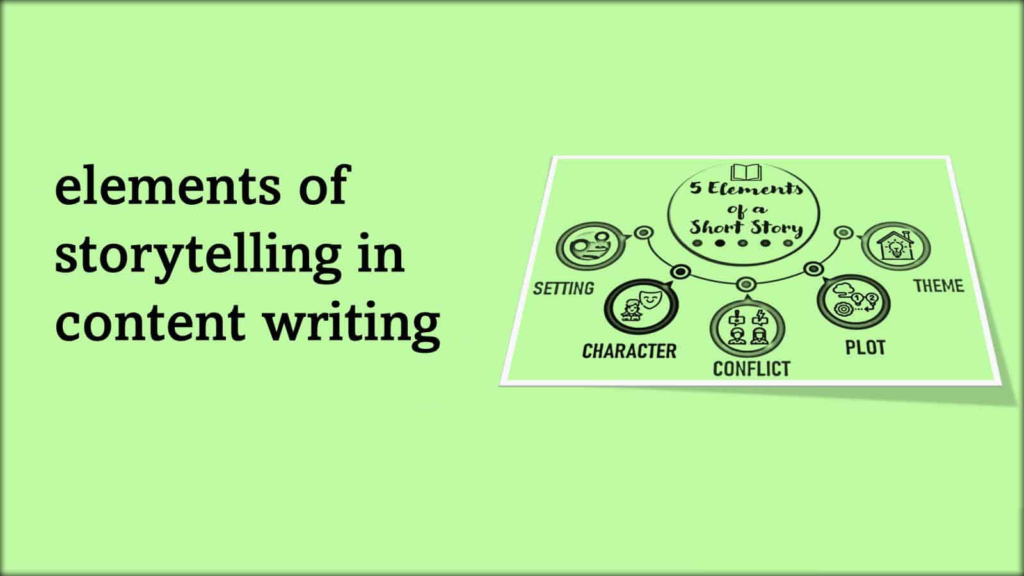
Blog Posts
Blogs are a great way to weave in storytelling while educating your audience. Share customer journeys, founder stories, or behind-the-scenes looks to create connection.
Social Media
Short-form stories rule social media. Use Instagram Stories, Reels, or TikTok to give quick, authentic peeks into your brand life.
Video Content
The video supercharges storytelling. It combines visuals, sound, and emotion to make stories deeply engaging. Customer testimonials, brand documentaries, and videos explainer are golden opportunities.
Techniques to Make Your Stories More Impactful
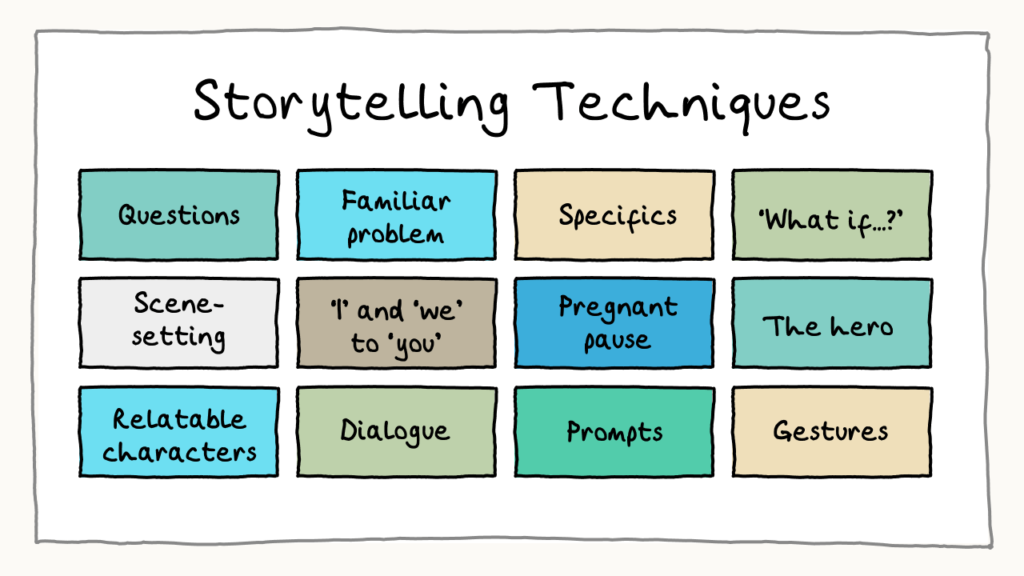
Using Visuals to Enhance Stories
Photos, infographics, and videos bring stories to life. They help people visualize and emotionally connect with your narrative instantly.
Leveraging the Power of User-Generated Stories
Your customers are your best storytellers. Share their testimonials, success stories, and social posts to build trust and authenticity.
Structuring Stories Using Proven Frameworks (e.g., Hero’s Journey)
The Hero’s Journey is a timeless structure. Your customer faces a problem (the villain), your brand is the guide, and your product is the solution. This format never fails to resonate.
Real-World Examples of Brands Excelling at Storytelling

Nike’s Inspirational Stories
Nike tells stories of athletes overcoming odds, not just selling shoes. Their “Just Do It” campaigns showcase real people pushing limits, which is why they inspire millions.
Apple’s Customer-Centric Narratives
Apple’s ads focus on what users can achieve with their products rather than technical specs. They position the customer as the hero, making their content emotionally magnetic.
Airbnb’s User-Driven Experiences
Airbnb excels by sharing real guest stories. They highlight personal experiences in unique homes around the world, making potential customers feel like they can have those adventures too.
Common Storytelling Mistakes to Avoid
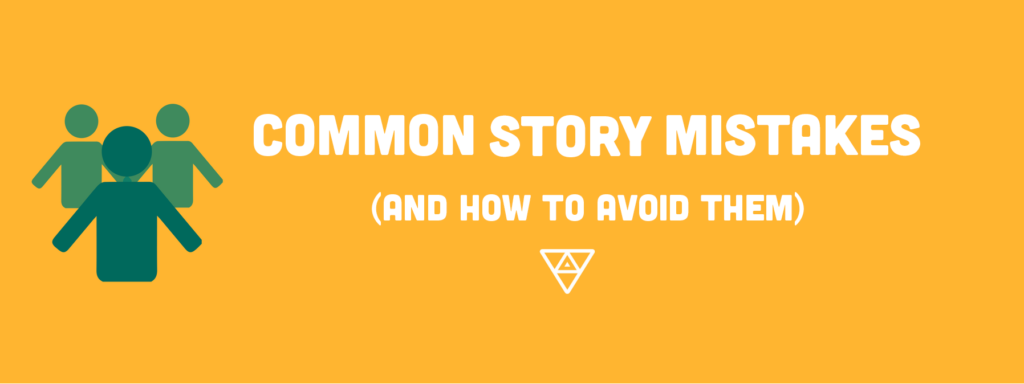
Being Overly Promotional
When a story feels like an ad, people tune out. Focus on the journey, not the sales pitch.
Lacking Emotional Depth
A flat story doesn’t stick. Without emotions, your audience won’t feel connected or compelled to take action.
Ignoring Audience Relevance
If your story doesn’t align with your audience’s interests, it’ll fall flat. Always center your narrative around what your audience cares about.
How to Measure Storytelling Success

Engagement Metrics
Look at likes, shares, comments, and time spent on page. High engagement usually signals a resonating story.
Conversion Rates
A good story doesn’t just entertaining drives action. Measure clicks, sign-ups, and purchases tied to storytelling content.
Brand Loyalty Indicators
Track repeat customers and customer referrals. Strong stories build brand loyalty and long-term relationships.
Conclusion
Storytelling isn’t just a marketing buzzword—it’s your secret weapon. When done right, it makes your content unforgettable, your brand relatable, and your audience loyal. Remember, people don’t buy products—they buy stories, feelings, and connections. So, start crafting your story today. It might just be the thing your content is missing.
FAQs
1. Why is storytelling important in content marketing?
Storytelling helps brands build emotional connections, making their content more memorable, engaging, and persuasive.
2. How can I start creating stories for my brand?
Begin by understanding your audience’s needs and your brand’s core mission. Craft stories that align both and showcase real experiences or relatable challenges.
3. What platforms are best for storytelling?
You can tell stories across blogs, social media, videos, and even email marketing. The key is to tailor the format to the platform.
4. How do I know if my storytelling is working?
Track engagement rates, conversion metrics, and customer feedback. If people resonate with your story, you’ll see it reflected in these indicators.
5. Can small businesses benefit from storytelling?
Absolutely! Storytelling levels the playing field. Even without big budgets, small businesses can create authentic, impactful stories that connect deeply with their audience.
